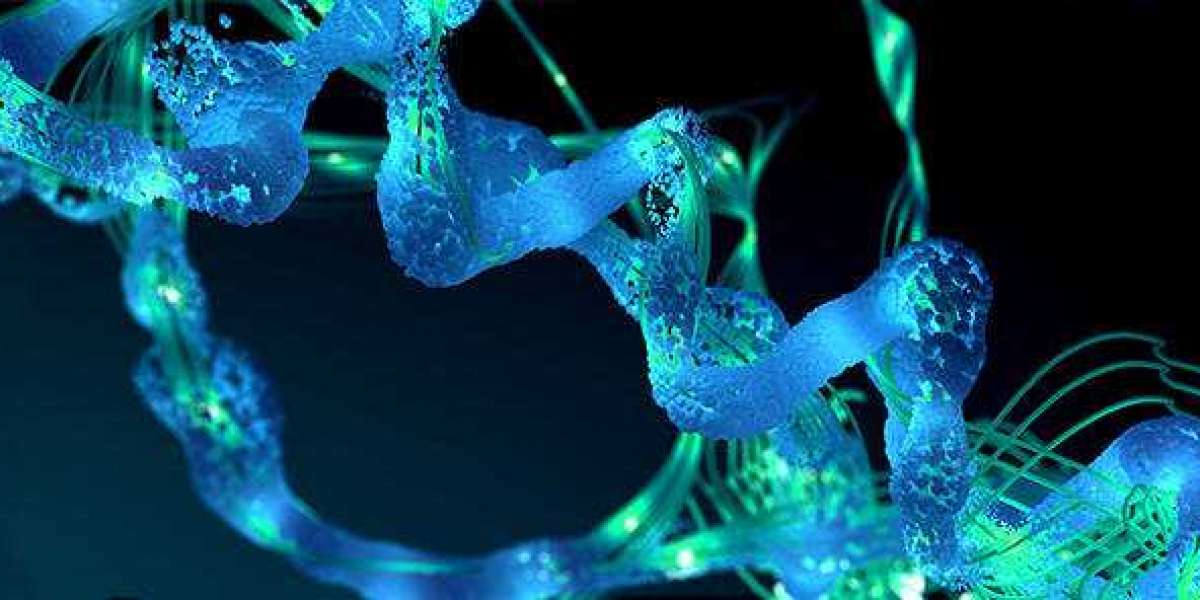Integration and conjugative elements (ICEs) are mobile genetic elements of H. pylori and they cause genetic variation in the H. pylori population. This has an impact on the pathogenicity of H. pylori. Ace Infectious offers services to help study H. pylori ICEs to analyze the specific elements of ICEs and discover the association between ICEs and H. pylori pathogenicity.
H. pylori ICEs
There are three highly variable genomic islands in H. pylori, cagPAI, tfs3, and tfs4. tfs3 and tfs4 are both ICEs and tfs4 contains three subclasses tfs4a, tfs4b, and tfs4c. They are known as ICEs that integrate the H. pylori type IV secretion system (ICEHptfs). ICEs have been found to be associated with the pathogenicity of H. pylori. For example, the complete dupA cluster in ICEs is significantly associated with the increase of duodenal ulcers in the US population, and isolates of H. pylori with a complete dupA cluster can induce higher IL-8 production in vitro. In addition, ICEs could combine with cagPAI to induce high inflammation. Moreover, the presence of complete ICE segments is thought to be a possible risk factor for the development of gastric cancer.

Fig. 1 Genetic properties of ICEHptfs3 and ICEHptfs4 (Waskito et al., 2018).
Services overview
We offer research services on the individual gene in ICEs. Genes (e.g., ctkA) in ICEs produce proteins that may cause adverse responses such as inflammation in host cells, and genes (e.g., pz39) in ICEs can also be integrated into host cells to play a role. We offer knockout or overexpression experiments and transfection experiments to help explore the pathological effects that the individual gene in ICEs can cause in host cells. Then, we also offer gene sequencing services to explore the diversity of the individual gene in ICEs. If further research is needed on the effect of genetic diversity on performing pathogenic functions, we can provide that as well.








